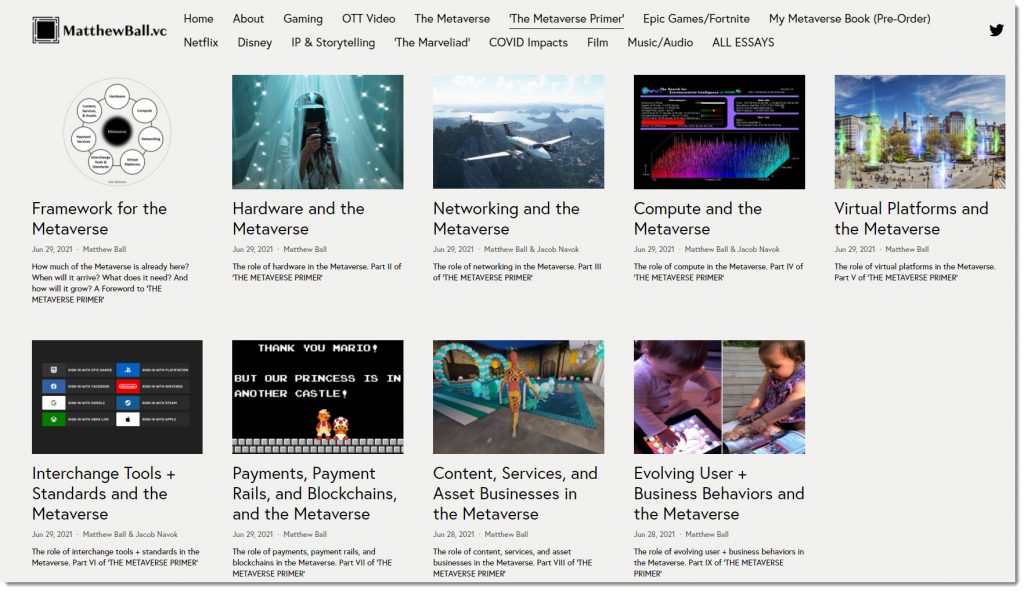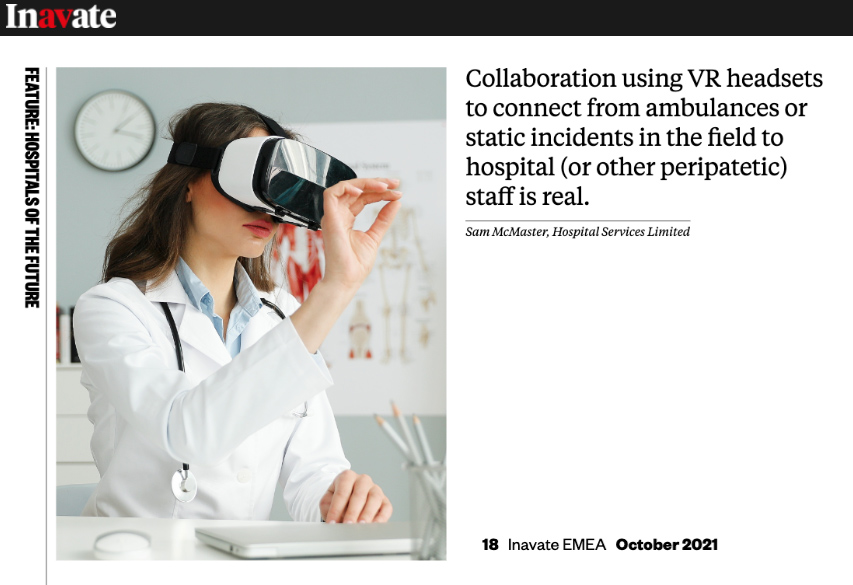Intel expands AI education program to 18 total community colleges — from highereddive.com by Natalie Schwartz
Excerpt:
The technology giant is supplying curriculum and faculty development for participating schools, and is partnering with Dell to provide technical and infrastructure expertise for the program, which can lead to a certificate or associate degree.
The future of AI: Deeper insights, personalization and problem-solving stand to transform how we use AI across devices and industries — from protocol.com by Alex Katouzian
Excerpt:
What comes to mind when you think of AI? In the past, it might have been the Turing test, a sci-fi character or IBM’s Deep Blue-defeating chess champion Garry Kasparov. Today, instead of copying human intelligence, we’re seeing immense progress made in using AI to unobtrusively simplify and enrich our own intelligence and experiences. Natural language processing, modern encrypted security solutions, advanced perception and imaging capabilities, next-generation data management and logistics, and automotive assistance are some of the many ways AI is quietly yet unmistakably driving some of the latest advancements inside our phones, PCs, cars and other crucial 21st century devices. And the combination of 5G and AI is enabling a world with distributed intelligence where AI processing is happening on devices and in the cloud.
Latest Trends in Artificial Intelligence –from newark.com
Excerpt:
Over the past decade, Artificial Intelligence (AI) has meshed into various industries. The era witnessed a dramatic increase in tools, applications, and platforms based on AI and Machine Learning (ML). These technologies have impacted healthcare, manufacturing, law, finance, retail, real estate, accountancy, digital marketing, and several other areas.
Companies are investing in AI research to find out how they can bring AI closer to humans. By 2025 AI software revenues alone will reach above $100 billion globally (Figure 1). This means that we will continue seeing the advancement of AI and Machine Learning (ML)-related technology in foreseeable future. AI changes notably fast, so you’ll need to go out of your way to keep up with the latest trends if you want to stay as informed as possible. Let’s take a look at everything you need to know about the latest AI trends.












